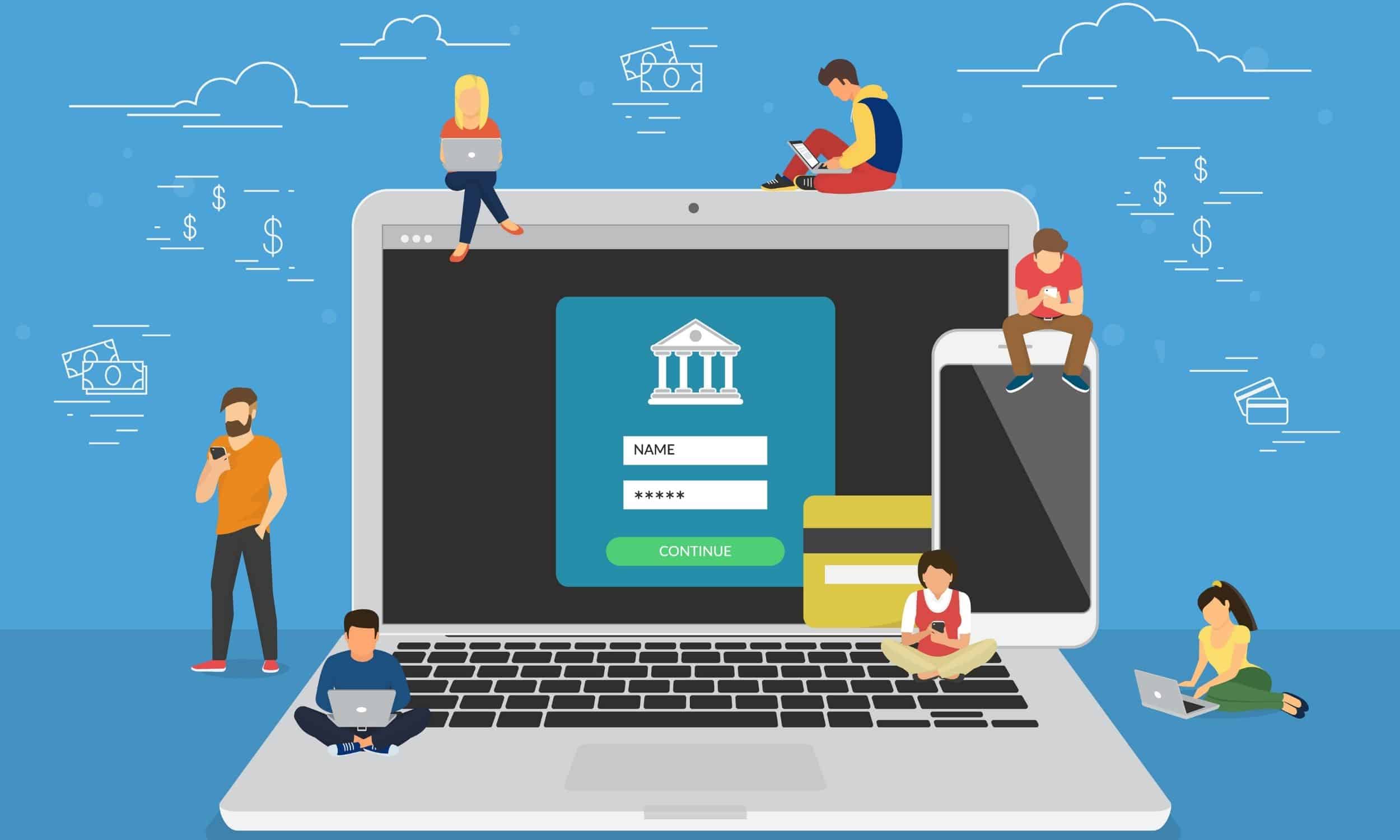Reputational risk management in banks is one of the most valuable strategies for a financial organization. Reputation management is the key to building trust, and a great reputation can mean higher customer acquisition and retention rates. A negative reputation, meanwhile, can drive away potential clients and increase customer churn, and banks are already fighting an uphill battle.
- Customer reviews data shows banks are ranked second to last in terms of reputation when compared to other industries
- J.D. Power reported that the customer perception of banks having a “good reputation and being customer-driven” were lower in 2019 compared to 2009
To state simply: reputation is a vital component of a bank’s ability to inspire trust and improve customer retention rates. Without it, a bank will lose out on loyal customers and fail to attract new ones.
What is Reputational Risk Management in Banks?
In finance, reputation risk management in banks covers the topic of the risk of loss of reputation. Unlike other risks that banks have to manage — credit, market, operational, liquidity, etc. — reputational risk is intangible and hard to measure.
Reputational risk management in banking, therefore, can be defined as the forecasting and evaluation of reputation risks along with identifying the procedures to avoid or minimize their impact. This process helps banks shape public perception of their products, services, and brand in ways that foster public and consumer trust.
Best Practices for Reputational Risk Management in Banks
To prevent and mitigate banking reputation risk, financial institutions must practice sound customer experience management and employ multiple customer-focused methods. Customer satisfaction is at the heart of reducing reputation risk in banks and resulting in higher customer acquisition and retention efforts.
Embrace Digital Transformation
The continuing popularity of smartphones and mobile banking means that digital banking is here to stay, even more so in the last year due to the COVID-19 pandemic. Banks should make their products and services available in a digital format to better connect and engage with consumers. According to J.D. Power, the “Big 6” banks (Bank of America, Chase, Citibank, PNC, U.S. Bank, and Wells Fargo) have 49% of their customers on “high levels of digital engagement.”
However, it’s not enough to just create a digital version of current offerings. Banks must make these online products easy to use and understand from the consumer standpoint. A frictionless and smooth online banking experience translates to loyal and satisfied customers who are willing to tell others about their experience in the form of online reviews.

Manage Customer Feedback
Consumers today rely heavily on online reviews — not only to choose where to have lunch or which hotel to check into, but also to make bigger decisions, like where to get healthcare, or who has the best auto service coverage, or which banks are trustworthy.
By closely monitoring feedback, banks can get an accurate assessment of the customer experience, which can create the insight-based decisions needed to increase customer satisfaction and overall brand reputation. With the help of natural language processing technology, banks can make review analysis easier with the software detecting review sentiment by highlighting specific keywords crucial to the review.
On top of analysis, banks should also learn how to respond to negative reviews and create plans for effectively asking for reviews from each customer. Listening, responding, and asking for feedback not only reveals actionable insights; it also tells customers that their bank is committed to improving the customer experience, which can lead to higher trust and retention.
Protect Against Data Breaches
Bank customers trust you with their data. This includes some of the most sensitive personal information and financial data, like social security numbers, passwords, logins, PIN numbers, and bank account numbers.
Be proactive in safeguarding your customer and employee information. It’s an essential step to protecting your bank’s reputation and financial health.
A data breach will damage your reputation and would cost your bank a draining amount of money. If this happens, whether the breach is your fault or not, be upfront about it. Show accountability, have plans in place for restoring the safety of your clients’ information, and communicate to all stakeholders your plan of action for improving cyber protection policies and procedures.
Conclusion
Reputational risk management in banks is doesn’t have to be a stressful part of any financial organization’s operations. By focusing on customer expectations and feedback, banks can maintain and even increase their reputation thanks to happy customers and interested consumers looking for a bank that meets their needs and simplifies the overall experience.